Description
INTRODUCTION
FENIXA contains Fexofenadine which belongs to the group of medicine called Antihistamines. It is used to provide relief from symptoms associated with seasonal allergic rhinitis in children (aged 2 to 11 years). It is also used to manage uncomplicated skin manifestations of chronic idiopathic urticaria in children (aged 6 months to 11 years of age).
Seasonal allergic rhinitis is an inflammatory condition of the upper airways that occurs in response to exposure to airborne allergens (such as tree, grass, and weed pollens) in sensitized individuals, generally characterized by symptoms such as nasal stuffiness, itchy nose/throat/eyes, headache, and weakness. Chronic idiopathic urticaria is a disturbing allergic condition of the skin that recurs without any known cause which is generally characterized by symptoms such as raised/swollen wheals on skin, itching, and swelling of the lips, eyelids, or throat.
Avoid giving fruit juices (such as grapefruit, orange and apple juice) to your child while taking FENIXA since it may reduce the effect of this medicine. Before administering FENIXA, inform child’s doctor if your child has liver, kidney, or heart problems. FENIXA is not recommended for use in children who are allergic to fexofenadine.
It is not indicated for use in pregnant and breastfeeding women since it is recommended for use only in children. The most common side effects of taking FENIXA are headache, back pain, dizziness, stomach discomfort, pain in extremity, fever, middle ear infection, and vomiting. Contact child’s physician if any of the symptoms worsen.
USES OF FENIXA
- Relives symptoms associated with seasonal allergic rhinitis in children (aged 2 to 11 years)
- Manages uncomplicated skin manifestations of chronic idiopathic urticaria in children (aged 6 months to 11 years)
HOW FENIXA WORKS
FENIXA works by blocking the actions of H1 histamine receptors (chemical substance responsible for allergic reactions) that results in preventing the occurrence of seasonal allergic rhinitis and idiopathic urticaria thus providing relief from the symptoms associated with both conditions.
DIRECTIONS FOR USE
Give FENIXA to your child as advised by the physician. Shake well before each use. Your doctor will decide the correct dose and duration for your child depending upon age, body weight and severity of the condition.
SIDE EFFECTS OF FENIXA
COMMON
- headache
- back pain
- dizziness
- stomach discomfort
- pain in extremity
- fever
- middle ear infection
- vomiting
- diarrhoea
- excess sleepiness
- weakness
- accidental injury
- indigestion
- muscle pain
- nausea
UNCOMMON
- tiredness
RARE
- nervousness
- sleep disorders
- paroniria (nightmares)
- signs of hypersensitivity reaction (immunologic reaction to allergen) such as sneezing, itchy, red eyes, wheezing
Stop giving FENIXA to your child and contact doctor immediately if your child experiences any of the following side effects:
- signs of serious allergic reactions such as swelling of the face, lips, tongue or throat and difficulty breathing
HOW TO MANAGE SIDE EFFECTS
Headache:
Apply hot or cold-water bag on your child’s head. Advise your child to take rest in a quiet room. Massage child’s scalp or head with mild pressure for relieving effect. Consult child’s doctor if the symptom does not improve.
Nausea and vomiting:
Try to give FENIXA to your child with or just after a meal or a snack. Follow simple meal plan for your child. Avoid giving foods that are oily, fried or spicy foods. Consult child’s doctor if the symptom does not improve.
Diarrhea:
Advise your child to drink plenty of water and stay hydrated. Try to avoid giving any medicine on your own to your child to manage diarrhea. Consult child’s doctor if the symptom gets worse.
Indigestion:
Advise your child to have smaller and more frequent meals and drink slowly. Avoid giving foods that are oily, fried or spicy foods. Consult child’s doctor if the symptom does not improve.

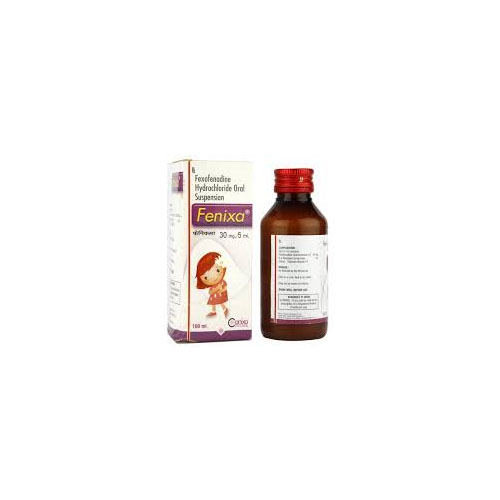
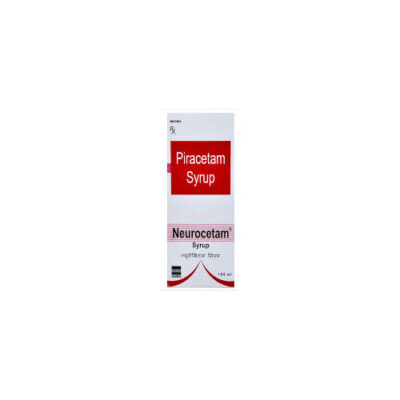
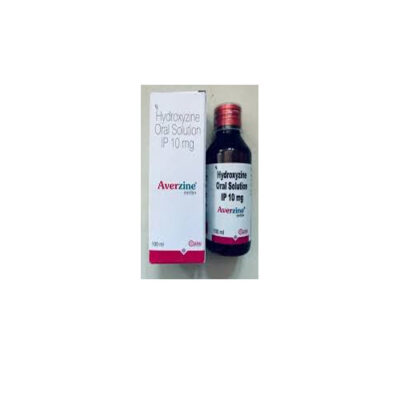
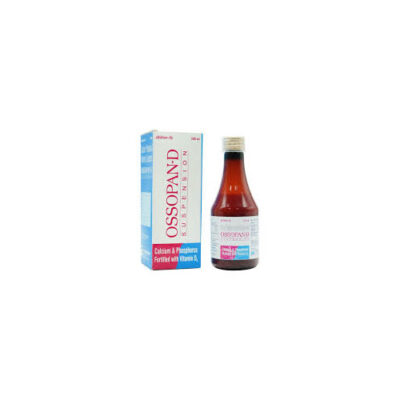
Reviews
There are no reviews yet.